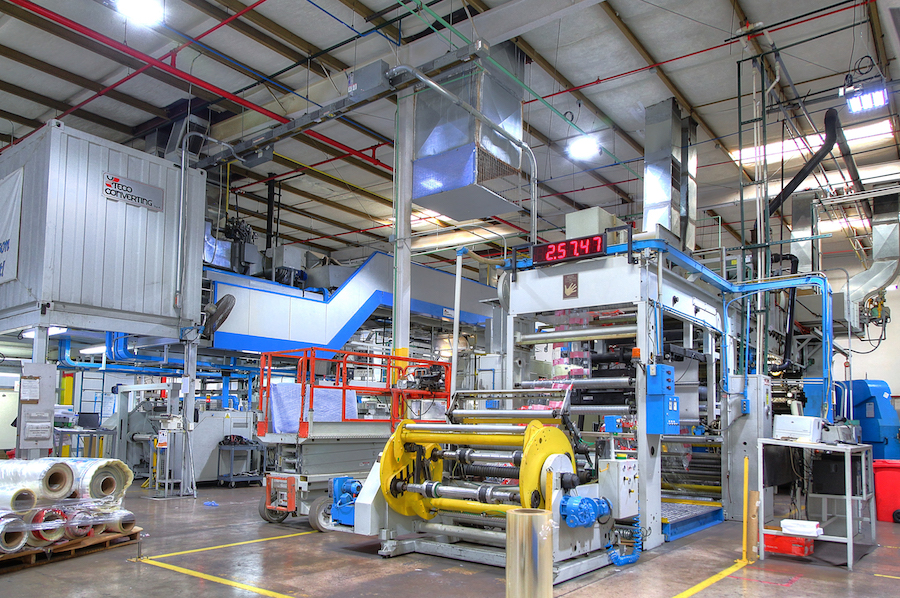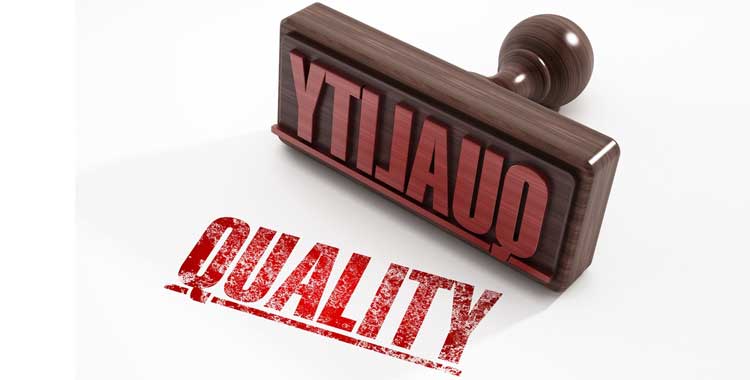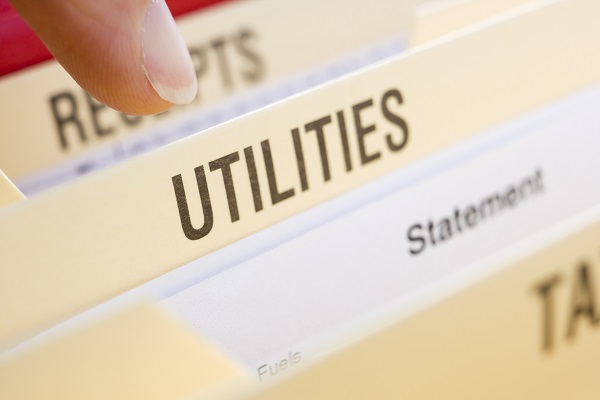In today’s competitive manufacturing world reducing costs can be the difference between profit and loss. Lighting is one of the least expensive ways to trim costs. As well as trimming costs lighting has been proven to boost worker morale and bring a positive mood into your space. Relumination is committed to helping commercial and industrial businesses reduce overhead costs, save electricity, minimize facilities management expenses, and decreasing our environmental footprint. Here is how we can help with LED and controls for manufacturing.
Benefits Of Manufacturing Lighting Solutions
– Reduced lighting electricity and maintenance costs
– Improved lighting colors, levels, consistency and layout leading to increased productivity
– Longer fixture/lamp life span resulting in no production shut down
– Zero lost workdays to due to improved safety
– Reduces production turn-backs/mistakes
Why Led Is Better For Manufacturing Facilities
– Outdated incandescent or fluorescent fixtures won’t provide proper lighting
– LED uses a fraction of the power when compared to traditional bulbs making them energy efficient
– The lifespan of a LED bulb is up to 10,000 hours
– LED generates less heat, making it easier to keep a large facility cooler
– LED is durable and can hold up in a most workplace environments
Why Controls Help Manufacturing Facilities
– Dimming controls
– Programmable control zoning
– Sequence of operations
– Motion sensing
– Humidity/Temperature monitoring
– Data collection
Using LED paired with controls in your manufacturing building will benefit your budget, productivity, and employees. LED will help take your lighting to the next level and reduce overall maintenance and operating costs. You have control over the rest of your manufacturing building and having control over your lights is important too.
Don’t just take our word for it. Check out some of our previous manufacturing projects to see for yourself how we can take your building to the next level. Contact us today to learn more about LED and lighting controls in your manufacturing building.



